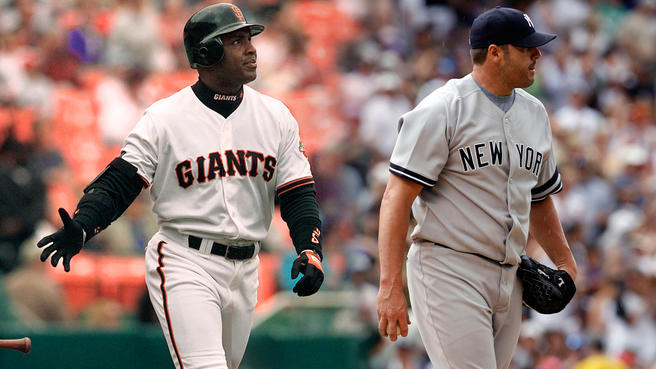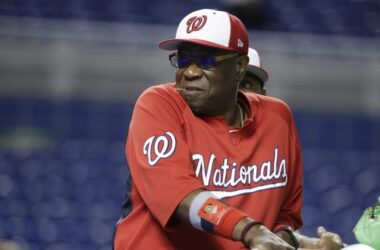Four years after the 1994 MLB lockout hinted at baseball’s impending financial death, Mark McGwire and Sammy Sosa resuscitated the game with an electrifying race past Roger Maris’ single season homerun record. The 1998 season marked a rebirth for baseball, but a revival underscored by rampant, unsupervised, and unpunished steroid use.
While Sosa and McGwire, along with pitcher Roger Clemens and the ‘Home Run King’ Barry Bonds, sit at the peaks of baseball’s all-time statistical tables, the smear of their steroid scandals has detained them in Hall of Fame voter purgatory over the course of their eligibility. Yet, steroid users’ transgressions are not singular and their guilt is not unilateral. The Hall of Fame is moving towards inducting steroid users due to a deepened understanding of baseball’s inbuilt contradictions.
Each year, members of the Baseball Writers’ Association of America (BBWAA) vote on a list of eligible retired players for inclusion in the Hall of Fame. This year, after four stagnant years, Bonds and Clemens have seen a significant rise in votes. Though neither is close to approaching the required two-thirds of the vote necessary for enshrinement, the shift in voter mindset suggests that the public punishment for alleged steroid users inches towards a conclusion.
Characterized in the popular imagination as drug-addled monsters, Bonds and Clemens were nonetheless transcendent talents who arguably already had Hall of Fame-calibre careers prior to their alleged steroid use. While no conclusive evidence has been found that Bonds ever used steroids, his implication in the 2006 BALCO scandal and subsequent perjury and obstruction of justice trials have forever tarnished his name. Similarly, Clemens resolutely denied his steroid use to Congress in 2008, leading to six charges of perjury of which he was later acquitted. However, the popular discourse against their induction argues that their alleged cheating–though fostered by and financially beneficial to the league–irreparably disgraced baseball’s public esteem.
The coming absolution of these legends could be that BBWAA requires a 10-year membership for voter eligibility. This means that a younger crop of writers who covered the peak steroid years at the turn of the century are finally receiving ballots. Yet a more compelling reason could be that the recent induction of former commissioner Bud Selig has opened the door for steroid era legends to also enter the Hall of Fame.
Selig—considered by some to be the greatest commissioner ever due to the league’s unprecedented economic success under his leadership—entered the Hall of Fame last month despite acting as a blind-eye overseer during the steroids era, all but abetting steroid use when it fuelled league prosperity. Selig insistently deferred blame solely onto the players by feigning ignorance. His more recent ‘hard on drugs’ stance only arrived a decade after the 1998 home run race with his contracted drug report from former U.S. senator George Mitchell in late 2007. Even then, Selig only did so after negotiating a lucrative contract extension in 2008 that paid him more than any player. Selig’s inclusion should be no less controversial and has perhaps less merit than the rest of the steroid era greats.
Simply put, if steroids can prevent players from getting in, the structural powers who ignored doping for financial success should face a similar punishment instead of enshrinement with open arms. Yet, Selig’s induction and changing perceptions of retired legends might signal the end of steroid users’ status in baseball history limbo. As the discussion on steroids becomes more nuanced, perhaps voters will continue to dispel the Hall of Fame’s illusions of morality and self-importance.









